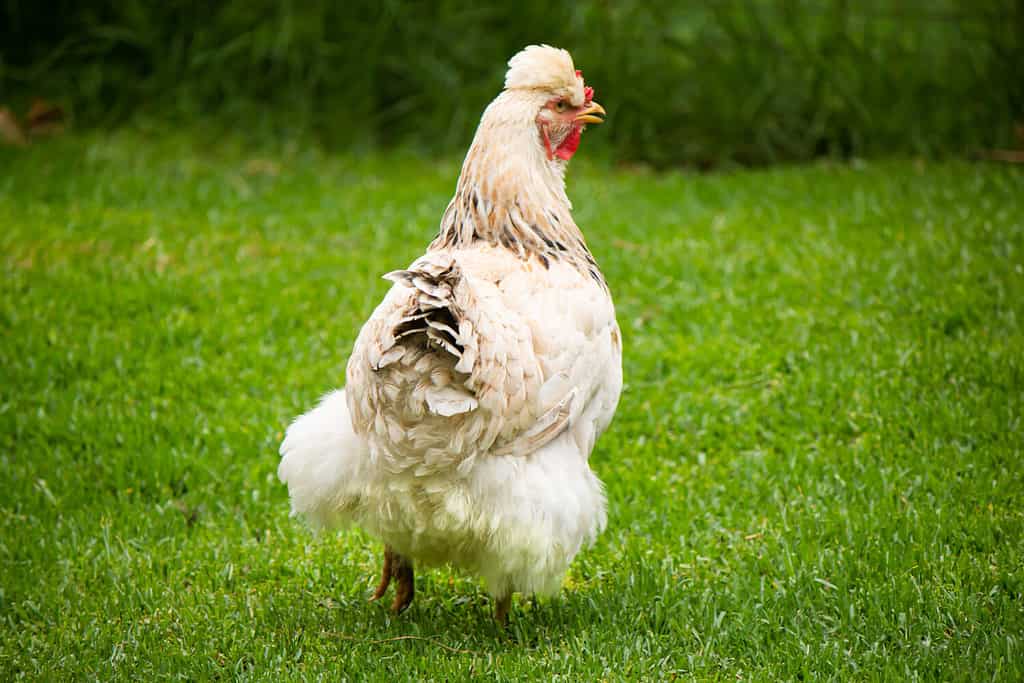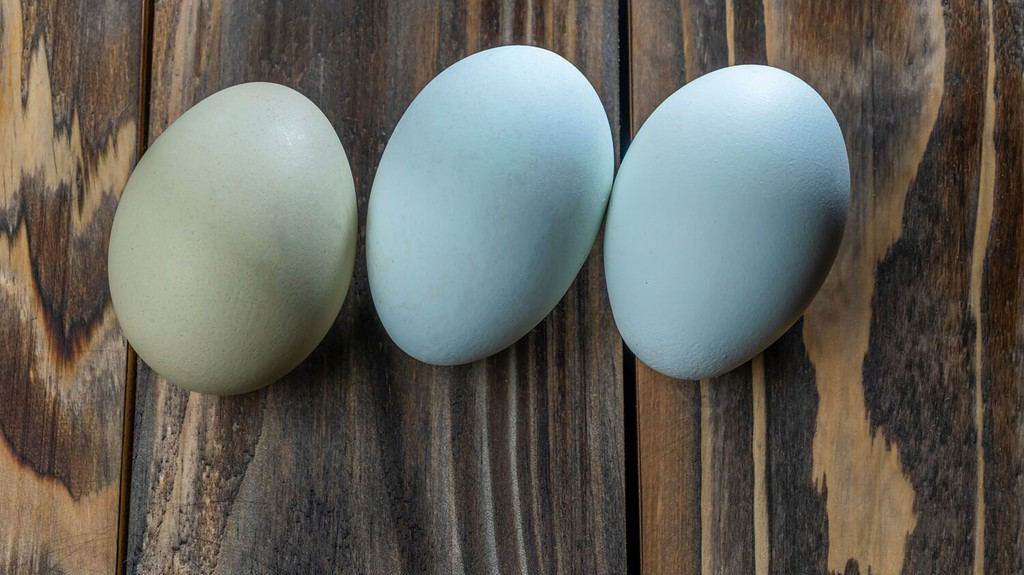Finding a new chicken breed to add to your existing flock or picking out your first breed is fun. There are so many unique and interesting birds to choose from it can be challenging. One way to narrow them down is to consider what type of eggs you are looking for and how many you need or want. That will help you determine which breeds are better suited for you and which aren’t. Today, we’ll dive into the specific information about Ameraucana chicken eggs. You will learn how many they lay, the color, tips on collecting them, and more.
What Are Ameraucana Chickens?
Ameraucana chickens are newer on the poultry scene. This breed was developed in the 1970s. They were bred specifically to retain their egg-laying capacity and to continue producing the desired egg color. Their original line was the Araucanas, which have some issues. Ameraucanas no longer have the problems their cousins do, a benefit for their owners.
This breed was around for a little over a decade before finally getting admitted into the American Poultry Association in 1984. They come in many colors, and many birds have unique color patterns, so your flock will always have an intriguing mix. The APA currently recognizes eight colors, but you can find many more at different breeders.
These birds are medium-sized, hardy in all kinds of weather, and have pea combs. The presence of muffs and beards will vary almost as much as their coloration.

Ameraucana chickens were bred specifically to retain their egg-laying capacity and to continue producing the desired egg color.
©Vampyre Zen/Shutterstock.com
How Many Eggs Do Ameraucana Chickens Lay?
These birds are prolific egg producers. Most hens will lay year-round, so you will have a consistent supply even in the colder months. However, egg production will diminish in drastic weather conditions. Expect to collect fewer eggs during periods of intense heat or cold.
They lay approximately 200 eggs annually, which averages about four weekly. While the annual total places them in the category of moderate producers, the fact that their production is spaced out over the year offsets that.
Ameraucana hens start laying their eggs at an older age, which isn’t typical. Some owners report a wait of up to five to seven months. But that is long, even for this breed.
What Type of Eggs Do Ameraucana Chickens Lay?
Ameraucana chickens are known for their captivating light blue eggs. But that isn’t always the hue you will get. Sometimes, these birds will produce blue eggs with a light green tint. They are medium-sized and weigh as much (or slightly less) as grocery store eggs.

Ameraucana chickens are known for their captivating light blue eggs.
©kalyanby/Shutterstock.com
Collecting and Cleaning Chicken Eggs
Are you finally ready to start collecting your very own farm-fresh eggs? It may feel intimidating if the process is new to you. But don’t worry. Follow these tips and tricks, and you will feel comfortable quickly.
- Check for eggs twice a day whenever possible. The ideal times are in the morning and the evening.
- Offer the hens some fresh feed before attempting to enter the coop. Ameraucana chickens can lean toward broodiness. So, you want to avoid any negative interactions.
- Aim for frequent egg collection (at least once daily) to avoid any unnecessary breakage. When eggs hang out in the coop too long, they are liable to get jostled or stepped on.
- Immediately throw away cracked or broken eggs, which may contain dangerous bacteria.
- Don’t worry about washing farm-fresh eggs. We are so conditioned to “clean” eggs that this step may feel a little unnatural. However, fresh eggs have a natural coating on the shell that prevents the intrusion of harmful bacteria. The washing process removes that protective coating.
- Wipe off excess feathers, dirt, or feces with a paper towel. You may need gentle sandpaper for the stuck-on grime. After you’ve cleaned them, you can leave them at room temperature.
- Wash your hands after handling your fresh eggs to prevent possible contamination and illness.
- Use care when washing your eggs. But always wash them properly before consuming eggs. Avoid cold water, soaking, and cleaning solutions. Thoroughly wash them in warm water (90 degrees Fahrenheit or above). After washing, all remaining eggs need to be stored in the refrigerator.
What Is the Nutritional Value of Ameraucana Chicken Eggs?
There is little research conducted on the nutritional value of eggs from individual breeds. While some researchers have looked into specific breeds, they have not done studies on all of them.
Ultimately, the chicken breed and egg color have little impact on the nutritional value of eggs. The key influencing factor is the overall diet and lifestyle. These have a direct impact on the nutrition of farm-fresh eggs.
Chickens that consume a better diet will produce healthier eggs. Plus, breeds that spend a significant amount of time foraging and free-ranging will produce even better quality eggs.
The photo featured at the top of this post is © Anna Hoychuk/Shutterstock.com
Thank you for reading! Have some feedback for us? Contact the AZ Animals editorial team.






